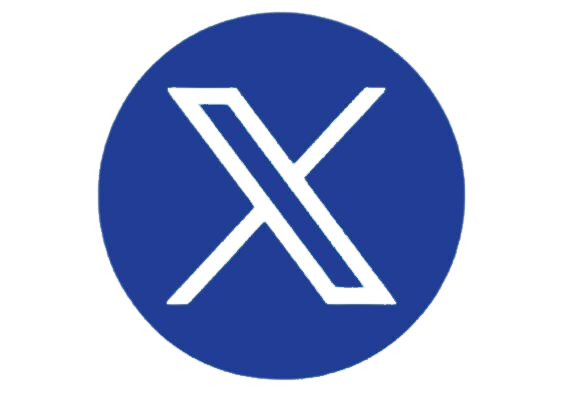Sign up for The Key Point of View, our weekly newsletter of blogs and podcasts!
HP launched its latest addition to the Print-as-a-Service (PaaS) market: the All-In Plan. It’s a fully inclusive, customizable printing service for the home and microbusiness markets—aiming to make low-volume printing more convenient and flexible. Like other PaaS plans currently available, HP’s All-In Plan offers a new device as soon as the customer signs up, ink is automatically delivered before supplies run out, and HP will send a new device next business day if they are unable to fix a hardware issue at no extra cost. Returns of devices and ink cartridges are made easy with prepaid labels and envelopes made available.
It sounds like HP has thought of everything. Customers even have the option to upgrade their printer after two years and can try the plan risk-free for 30 days without paying an upfront cost. We’ll have to wait and see about how effective this plan can truly be. What can be said, however, is that HP believes in the potential of this market to create a PaaS plan with so much to offer. With the success of Instant Ink and Print At Your Service, HP’s new program will already have credibility—filling the gap between the ink-only and larger managed print service offerings for those who no longer want the financial tie and upkeep of a home device they own.
 |
| Infographic designed by Mark DiMattei, Managing Editor at Keypoint Intelligence. |
Log in to the InfoCenter to view research and commentary on the continuing development of PaaS and MPS offerings within the industry through Keypoint Intelligence’s Workplace CompleteView Advisory Service. If you’re not a subscriber, just send us an email at sales@keypointintelligence.com for more info.









